Altwurttemberg
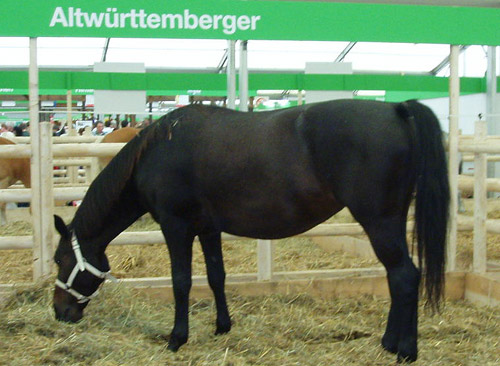
Intro
One of the littler known breeds, the Altwurttemberg is considered extremely endangered and is a rare sight outside (even inside of) Germany.
Origins
This breed originated in Germany by the Wurttemberg Prince House, but without an obligatory breed goal. About thirty horses from Normandy were used between 1872 -1888, crossing with English Thorough-breds, Holsteins and Oldenburgs.
Eventually the Altwurttemberg horse was established, a strong and beautiful individual breed. But unfortunately, the type was not greatly appreciated or needed, so instead the Wurttemberg Sport Horse was developed, and was highly prized for a time.
After 1950 the Altwurttemberg was threatened with extinction, however by 1988 in Marbach, Germany, inititives were made to preserve the breed. They exist in limited numbers today.
Alter Real
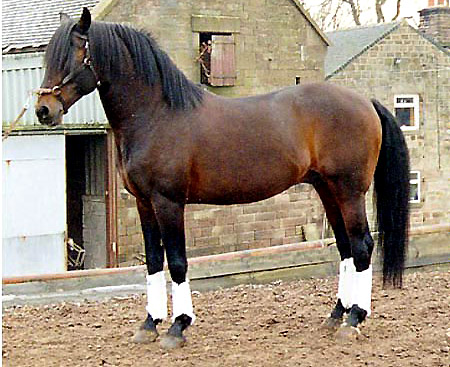
Intro
The Alter Real breed comes from Alter do Chao a small town in the Alentejo province of Portugal, which is where the flagship stud is located. Real is the word for ‘royal’ in Portuguese, this breed is the royal breed of Alter.
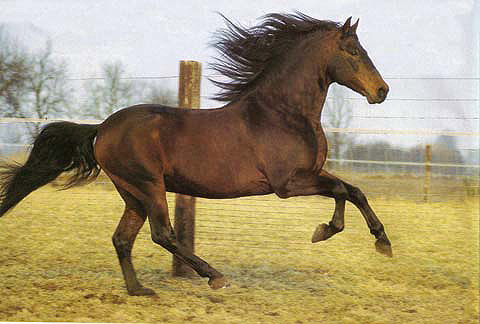
Origins
This breed began as carriage horses in Lisbon, and their bloodlines have a heavyAndalusian influence. During Napoleonic invasions Arabian, English Thoroughbred, Norman and Hanoverian blood was introduced, unfortunately the resulting animals were of poorer quality than the original stock.
A later attempt to improve the breed with Arabian blood also failed. It took an influx of Andalusian blood to refine and improve the bloodlines again.
At the start of th 20th century the Alter Real faced extinction when Portugal renounced its monarchy. At that time the government discontinued the breeding programs and gelded the stallions.
A few were saved and bred personally by Dr. Ruy d’Andrade and in 1942 a small, thriving herd was handed back over to the Ministry of Agriculture for safekeeping.
Features
Average height 15.1 – 16.1 hands
Strong and powerfully built
Impressive high-stepping action
Strong and powerfully built
Impressive high-stepping action
Physique
Head is refined
Short, strong neck
Broad, muscular back
Long pasterns and strong hocks
Short, strong neck
Broad, muscular back
Long pasterns and strong hocks
Traditional Colors
Temperament
Intelligent and quick to learn
A beautifully elegant, high energy animal
A beautifully elegant, high energy animal
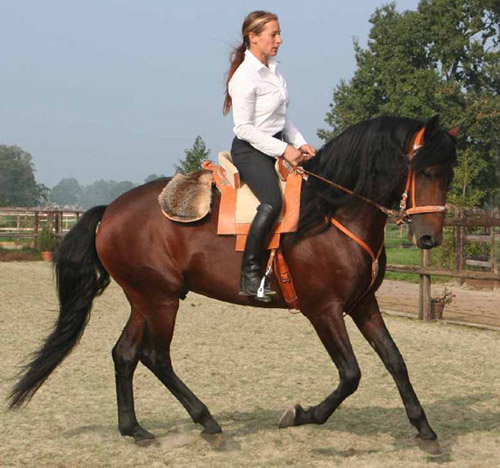
Use
Show horse
Performance horse
Pleasure animal
Carriage horse
Performance horse
Pleasure animal
Carriage horse
Video
Altai
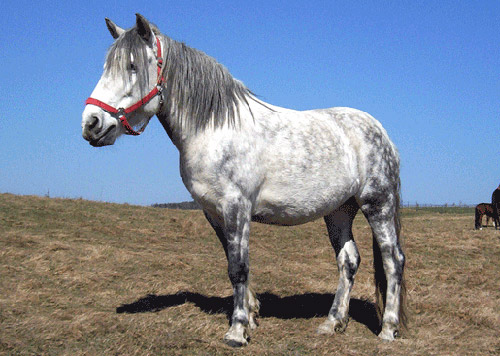
Intro
One of most ancient breeds of Siberia, the Altai has been raised for centuries and has always been indispensable to the nomads and tribesmen of the area.
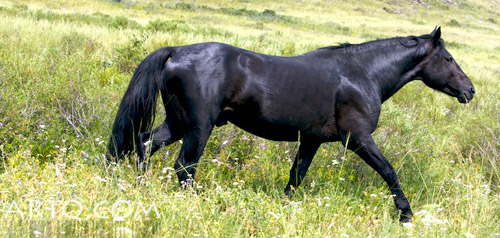
Origins
This breed takes it’s name from the Altai mountains in Southern Siberia and like many breeds in unforgiving climates, they are built solid and surefooted. These animals have always been relied on to carry people and other precious cargo over mountainous terrain and through fast moving rivers.
Early in the 20th century different bloodlines were introduced to the altai stock, which resulted in larger animals with more capacity for work.
Through the years there has been a constant introduction of new blood into the Altai bloodlines, however a portion of the breed is always bred pure to maintain their ancient gene pool.
In fact, there are still small bands of aboriginal horses in some regions of the Upper Altai and their physical charactoristcs retain many of the qualities of their ancestors.
Features
Average height 13.2 – 13.3 hands
Perform well under adverse conditions
Surefooted and tough
Hardy and undemanding animals
Perform well under adverse conditions
Surefooted and tough
Hardy and undemanding animals
Physique
Large, coarse head with small eyes
Short, fleshy neck and
long, dipped back
Legs are short and well-set
Feet and strong and sound
Short, fleshy neck and
long, dipped back
Legs are short and well-set
Feet and strong and sound
Traditional Colors
black | chestnut | grey | bay
Leopard pattern is rare
Leopard pattern is rare
Temperament
Stable & sensible animals
Strong & true
Hard workers
Easy to care for
Strong & true
Hard workers
Easy to care for
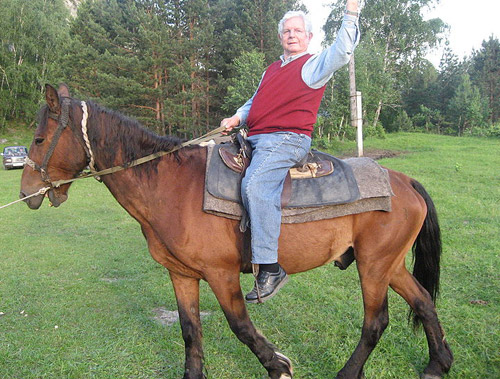
Use
Trekking animals
Beasts of burden
Riding horses
Meat
Beasts of burden
Riding horses
Meat
Video
Albanian Horse

Intro
There are two types of horses native to Albania, mountain horses (Mountain) and horses of the plains (Myzequea). The interbreeding between the two has blurred lines of distinction.
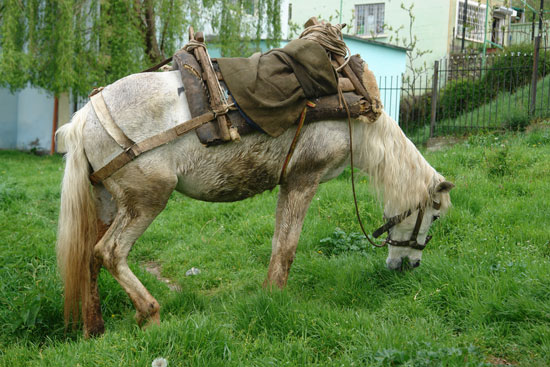
Origins
Blood lines probably come from a combination of Tarpan, Turkmenian and Mongolian animals, which later saw an infusion of Arabian blood during the Ottoman Empire.
Bred as animals of transport, the Albanian horse was reinvented in the 1990′s when an attempt was made to make the stock better suited for agricultural work. The result was a boom in numbers and an overall improvement in the versatility of the breed itself.
Features
Average height
Mountain 12.2 – 12.3 hands
Myzeqea 13 – 14.1 hands
Exceptionally strong for their size
Mountain 12.2 – 12.3 hands
Myzeqea 13 – 14.1 hands
Exceptionally strong for their size
Physique
Small and sturdy
Traditional Colors
Temperament
High energy & endurance
Possess incredible agility and balance
Possess incredible agility and balance
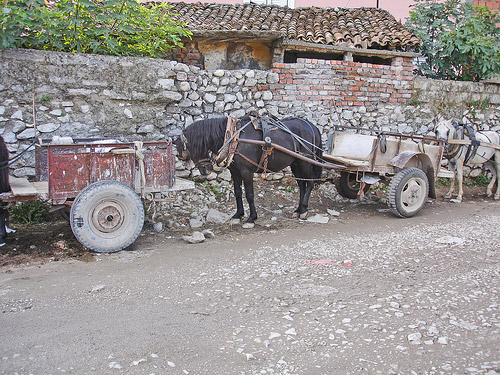
Use
General riding
Transportation
Cart horse
Transportation
Cart horse
Video
Akhal-Teke
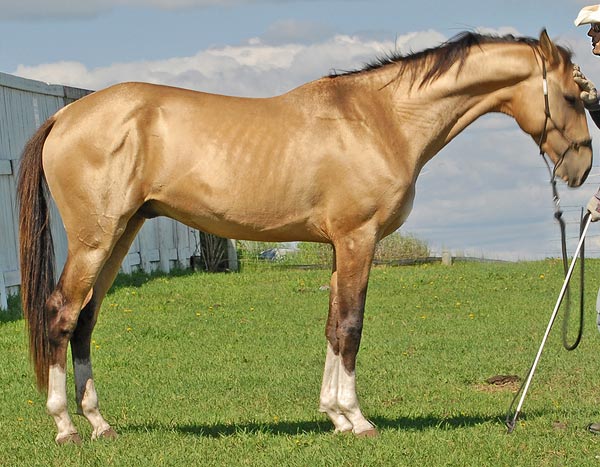
Intro
Known for their greyhound-like appearance and coats that often gleam with a metallic shimmer, the Akhal-Teke horse is one of the easiest breeds to recognize, built for speed in hot weather. (And interestingly enough, their metallic glimmer is not due to the champagne dilution gene which doesn’t run in the breed).
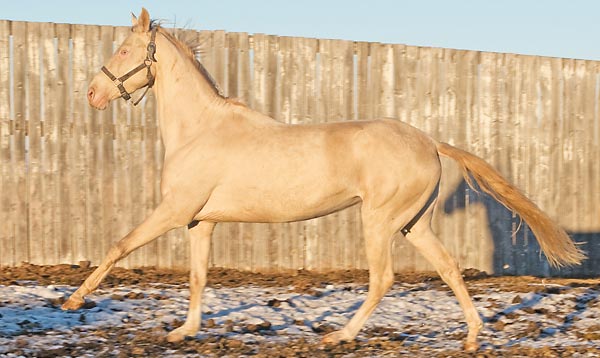
Origins
Descendant of the ancient Scythian type horse. The Teke were bred by a nomadic people, and prized animals were fast and hardy as war and raiding mounts.
The Akhal-Teke horses are named by the Teke tribe of the Akhal oasis. Isolation and a strong sense of tradition kept the bloodlines relatively pure. These horses became a measure of wealth so they were well cared for and considered like family.
When Russia took control of central Asia, many of these prized animals were slaughtered to the dismay of the Teke people. Many horse owners turned their horses loose in the hopes for their survival.
Features
Average height 14.2 – 16 hands
Strong natural & soft gaits
Built for stamina and speed
Surefooted and strong
Strong natural & soft gaits
Built for stamina and speed
Surefooted and strong
Physique
Head is long and light
Large, expressive eyes
Long slender neck with short, fine mane
Narrow in the chest with a long back
Legs are slender and long
Large, expressive eyes
Long slender neck with short, fine mane
Narrow in the chest with a long back
Legs are slender and long
Traditional Colors
All colors, but pale golden is the preferred color
Temperament
Spirited with high energy
Highly sensitive
Bold & brave
Bright & able
Highly sensitive
Bold & brave
Bright & able
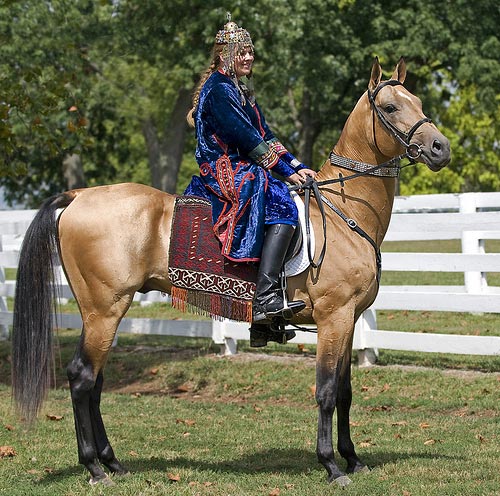
Use
General riding horse
Race horse
Eventing and show horse
Race horse
Eventing and show horse
Helpful Links
*All links open in a new window
International Association of Akhal-Teke Breeders
Akhal-Teke Society of America
International Association of Akhal-Teke Breeders
Akhal-Teke Society of America
Where to Buy
Akhal-Teke Studs
Video
Aegidienberger
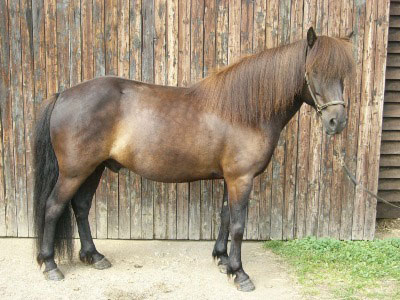
Intro
A cross between the elegant Peruvian Paso and the pure blood of the hardy Icelandic horse, combined to create a larger gaited animal well suited to colder climates.
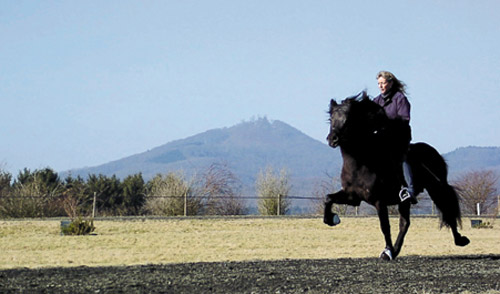
Origins
The first cross was bred by Walter Feldman and the result was officially recognized as a breed in 1994. The Aegidienberger is just a baby in terms of horse breeds.
Features
Physique
Short muscular upright neck
Proud head carriage
Tail is high set and very thick as is the mane
Proud head carriage
Tail is high set and very thick as is the mane
Traditional Colors
All colors
Temperament
Willing and amiable
Sturdy and strong relative to their size
Strong character and bold personality
Sturdy and strong relative to their size
Strong character and bold personality
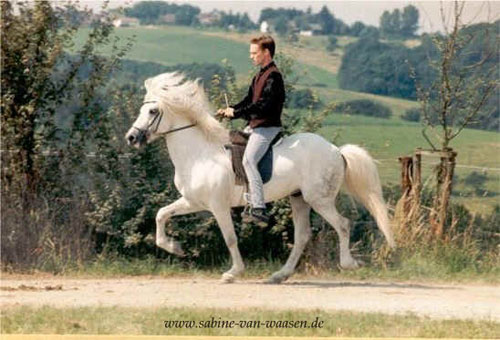
Use
Pleasure mount
Agriculture
Agriculture
Video
Oromo

Intro
The bloodlines of this breed have been diluted with many other breeds, so the animals come in a variety of different shapes and colors.
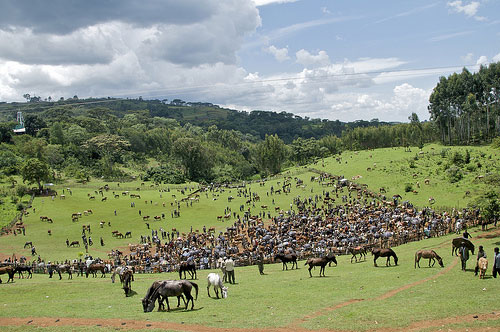
Origins
One of the oldest recorded breeds, the Oromo (also called the Abyssinian) bloodlines come from Ethiopia and later spread along the coast of the red sea.
Features
Average height 13 -14 hands
Bred for strength and agility as mountain pack and work horses
Bred for strength and agility as mountain pack and work horses
Physique
There is a great deal of variation in the color, size and confirmation of this breed
Coat is short and coarse, often with rosettes which they have been bred specifically to keep
Coat is short and coarse, often with rosettes which they have been bred specifically to keep
Traditional Colors
All colors
Temperament
Strong and willing, these are hot weather animals bred as workhorses
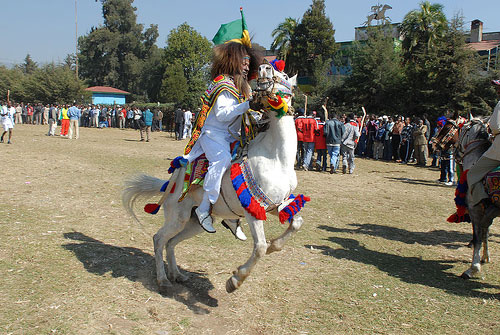
Use
Work horses
Pleasure horse
Show horse
Pleasure horse
Show horse
Abtenauer
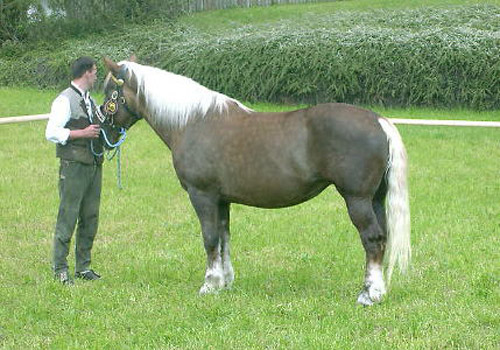
Intro
One of the many endangered draft breeds, the Abtenauer is the smallest variation of the Noriker horse and their population numbers are very low.
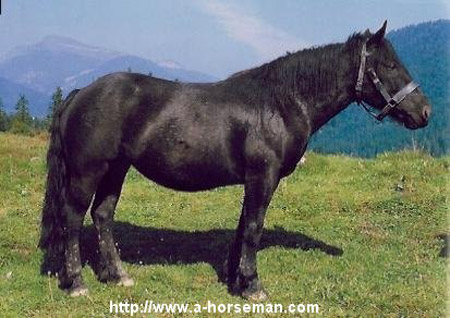
Origins
This breed is smaller in stature for a draft breed, but incredibly strong for their size.
The Abtenauer is beautifully built and known for their easy flowing trot and a sweet disposition.
Bred in the isolated valley of Abtenau, mares and their progeny spend summers roaming alpine meadows. Sometimes the foals are born with a very curly coat which they shed when they loose their baby hair.
Features
Average height 14.3 – 15 hands
Elegantly built draft horse
Low center of gravity gives them amazing balance
Elegantly built draft horse
Low center of gravity gives them amazing balance
Physique
Strong, well shaped head
Strong, sound legs
Strong, sound legs
Traditional Colors
black | chestnut | roan
leopard spotting is not desirable
leopard spotting is not desirable
Temperament
Quiet and willing disposition
Pros:
Agile with an amazing sense of balance
Agile with an amazing sense of balance
Cons:
Can’t find any
Can’t find any
Use
Agriculture work
Pleasure horse
Pleasure horse
Abstang
Intro
Considering the inherent toughness of both the Mustang and the Arabian, it’s surprising that this mix is so new. The breed is a cross that combines two of the oldest and hardiest breeds on the planet.
Origins
Early in the 1990′s Michele Brown of Utah experimented by crossing an unrefined Mustang with an Arabian. Her idea was that the cross would be interesting & the result is a highly spirited animal with a willingness to please, providing you have their trust.
This ‘breed’ was called Abstang, and a registry was established in 1993 to obtain acknowledgement for the new breed. It turned out that the animals had the incredible endurance of the Arabian and fearlessness of the Mustang, who by the way, also has great endurance capability.
Approximately 1500 horses are registered to present. To date, no Abstang to Abstang crosses have been documented.
Features
Generally smaller in size & stature
Very sure footed & hardy
Very sure footed & hardy
Physique
Because this breed mixes two bloodlines (one of which can be very fuzzy indeed), physical confirmation & characteristics will vary considerably.
Favorable confirmation includes a straight profile & rounded croup of the mustang.
Favorable confirmation includes a straight profile & rounded croup of the mustang.
Traditional Colors
All colors
Temperament
Fearless & true
Spirited & tough
Spirited & tough
Use
Make great endurance horses
Show horses
Pleasure horses
Show horses
Pleasure horses
Helpful Links
*All links open in a new window
Where To Buy
Abaco Barb
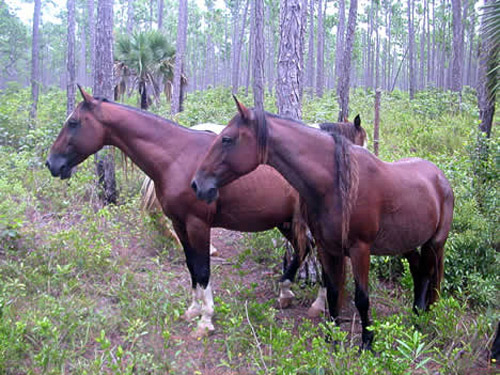
Intro
For as long as anyone can remember there has been a herd of horses on the island of Abaco in the Bahamas. In 1998 their distinct features created some interest into the unknown origin of their roots.
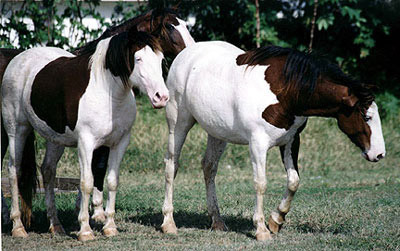
Origins
Their ancestors are thought to have come from the ships of Spanish explorers in the late fifteenth or early sixteenth centuries. Due to their extreme geographical isolation their bloodlines have remained relatively pure.
In 2002, the herd was accepted by the Horse of Americas Registry as the Abaco Barbs, horses of Spanish Barb ancestry proven through DNA testing.
The purity of their blood created a renewed interest in the preservation of the Barbs on Abaco Island, however the recent conservation efforts have been touch and go.
This herd is still on the critically endangered list and they are quite literally the most endangered equine on the planet.
Features
Average height 13.2 – 14.2 hands
Prominent Barb features
Sturdy and strong
Prominent Barb features
Sturdy and strong
Physique
Large, rangy head with broad forehead convex nose
Body is short and stocky
Tail is low set and luxurious as is the mane
Body is short and stocky
Tail is low set and luxurious as is the mane
Traditional Colors
Temperament
These are wild animals who have fought with humans for their survival for hundreds of years.
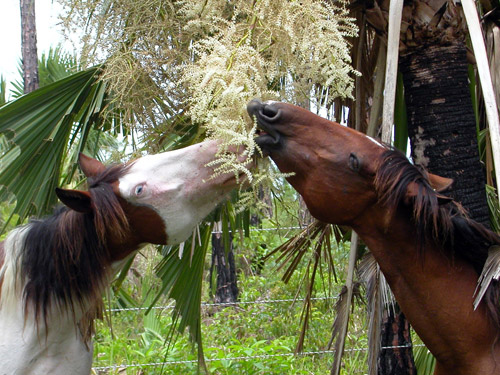
Use
Wild animals
Helpful Links
*All links open in a new window
Abaco Wild Horse Fund
Info Horse
Abaco Wild Horse Fund
Info Horse

No comments:
Post a Comment